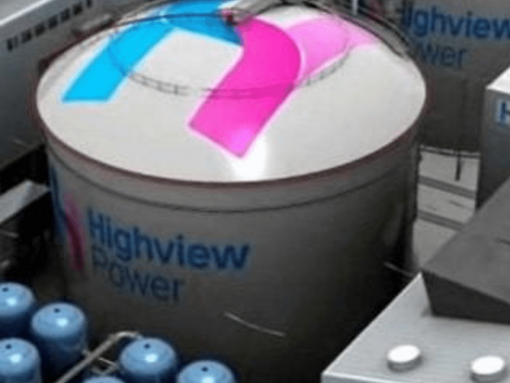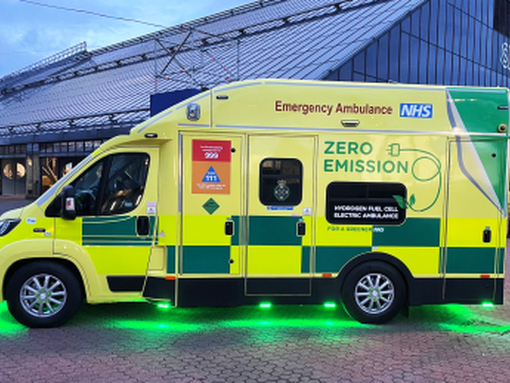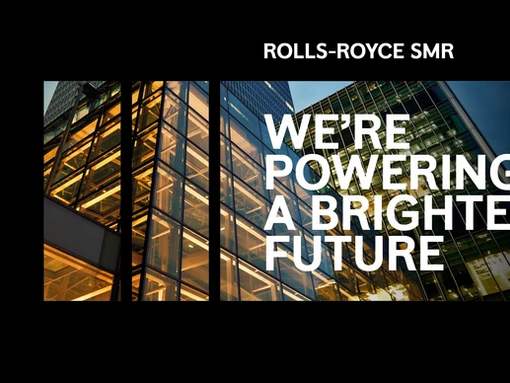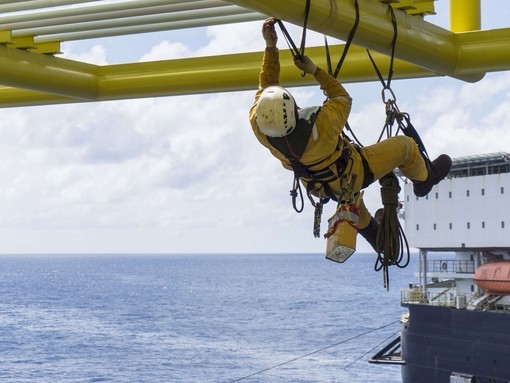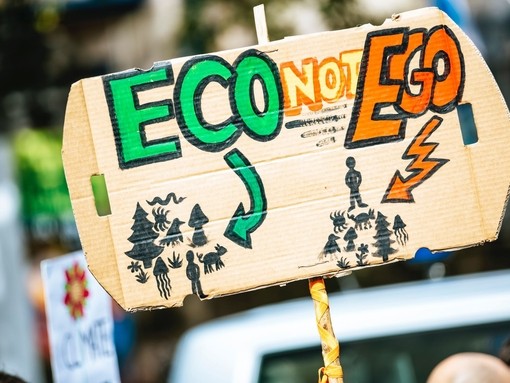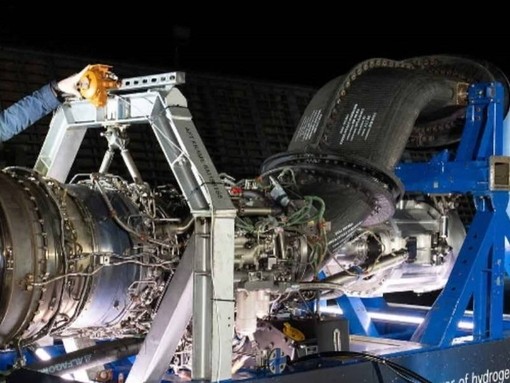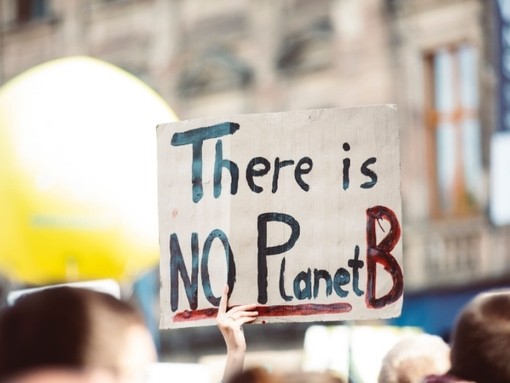Super Bowl LVIII: a sporting giant powered by renewable solar energy
Contents
The dust has settled on Super Bowl LVIII. While there was a repeat of 2023’s triumph for the Kansas City Chiefs, who defeated the San Francisco 49ers 25-22 to take home the Vince Lombardi trophy for a second consecutive year, the 2024 event was also a year of firsts.
Not only did the game take place in the state of Nevada for the first time ever at the Allegiant Stadium, home of the Las Vegas Raiders, but it was also a bold step towards a sustainable future, with the event powered exclusively by solar energy.
Super Bowl LVIII: powered by the sun
With the world increasingly focused on combating climate change and reducing carbon footprints, major events like the Super Bowl have faced scrutiny for their environmental impact. However, Super Bowl 2024 sought to challenge this narrative by embracing renewable energy sources, with solar power taking center stage.
A vast solar farm, comprising over 620,000 solar panels was set up in a desolate area of the Nevada desert to power the event, providing over 10 megawatts of power for the Super Bowl event. This is the equivalent of the consumption of 46,000 homes.
The centerpiece of this initiative was the stadium itself, where solar panels adorned the rooftops, parking lots, and surrounding areas. These panels, strategically positioned to capture maximum sunlight, generated a significant portion of the energy needed to power the venue. Cutting-edge solar technologies, including advanced photovoltaic cells and efficient energy storage systems, ensured a reliable and sustainable power supply throughout the event.
Moreover, the Super Bowl Fan Zone, a hub of pre-game festivities and entertainment, was also powered entirely by renewable energy sources, with solar panels providing electricity for stages, screens, and lighting systems. This not only reduced environmental impact but also served as a powerful demonstration of the viability and versatility of solar power in large-scale event management.
Even in a part of the world that receives around 300 days of sunlight a year, there is an eye on keeping the lights on even when the sun isn’t shining. The solar farm not only powers immediate needs, but it also has a facility to store renewable energy, ensuring an up to 5-hour power supply even on days without sun. This storage technology is viewed as an important component in the government’s plan to transition the US power grid towards 100% renewable energy by 2035.
Sustainable construction in Nevada
Opened in 2020 at a cost of almost $2 billion, the Allegiant Stadium was constructed with sustainability in mind. The roof of the stadium is constructed from a sustainable plastic material that allows a small amount of daylight through but blocks solar heat. This means that it takes much less energy to cool the building, further saving on energy usage.
Furthermore, the pitch inside the stadium can be moved outdoors on a rail system, which allows it to grow through natural sunlight rather than the traditional, energy-demanding artificial lights.
The environmental benefits of a solar-powered Super Bowl extended beyond the game itself, leaving a lasting legacy for the host city and its residents. The installation of solar infrastructure, including panels and associated equipment, created jobs and spurred economic growth in the local renewable energy sector. Communities surrounding the stadium benefited from increased awareness and adoption of sustainable practices, inspiring individuals and businesses to embrace clean energy solutions.
This renewable slant on the NFL is not just a one-year wonder either. The Allegiant Stadium has entered a 25-year contract agreement to source its power from the solar installation, with the facility powering the stadium at all events.
As the final whistle blew and confetti rained down on the Chiefs, the 2024 Super Bowl stood as a testament to the power of innovation, collaboration, and commitment to a greener future. In a world grappling with environmental challenges, the solar-powered spectacle served as a beacon of hope and inspiration, reminding us all that even the grandest of traditions can evolve towards a more sustainable tomorrow.
Our purpose is to enable a smarter, safer, sustainable world by placing talented people into organisations whose vision is to deliver a clean energy future. Find out more here




